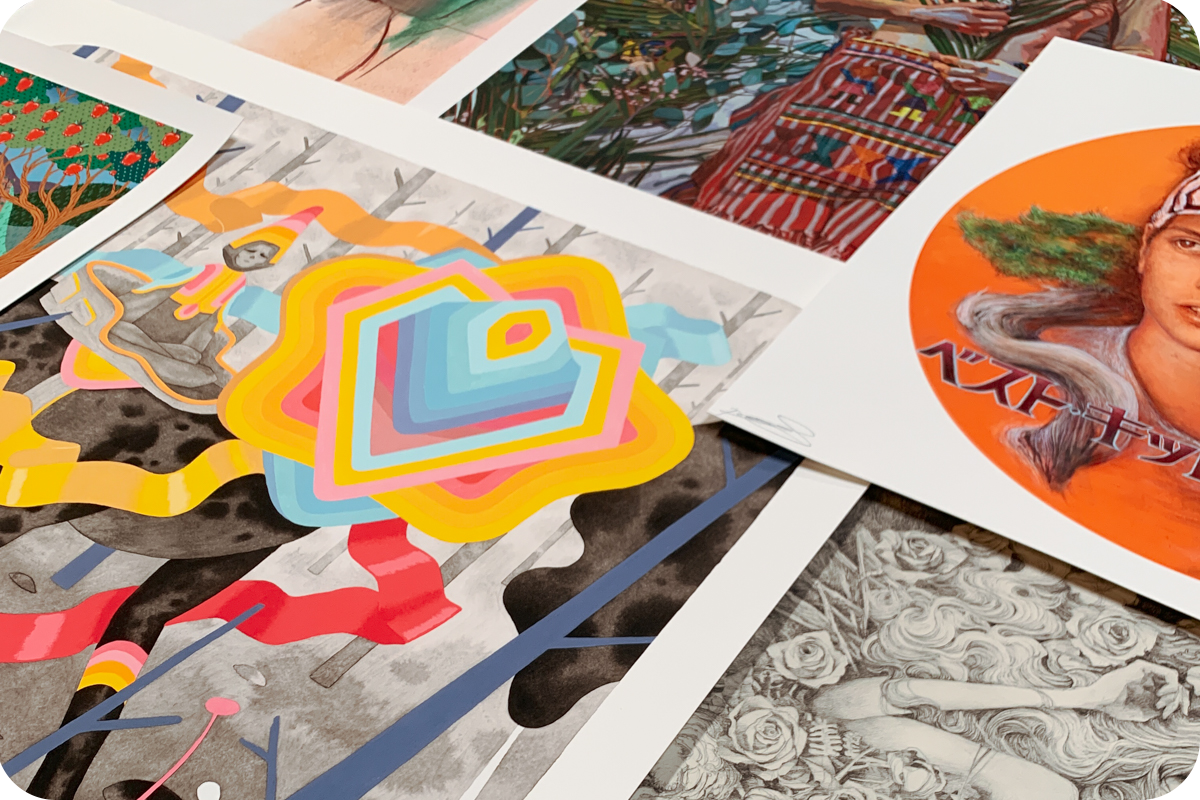History of Giclee.
The word “giclée” it is too vague a term to describe a print, as there is no universally established definition.
Typically the term is used to denote a “digital print” or “inkjet print”, but no standard has been set. Originally, the esteemed printmaker Jack Duganne started using the word giclée in 1991 to elevate his new fine art printing style from what people typically viewed as inkjet printing. Traditional offset printing, or lithography, only has a maximum of 6 ink colors available (CMYK + 2 extras - such as spot colors or a varnish). Professional inkjet printer models also add light and dark versions of CMK and some also include green, orange or even red.
When referring to giclée printing people are trying to reference the use of higher quality materials for digital fine art printing. Archival inks and papers should be used, which means they have pH levels adequate for longevity and do not fade over a tested period of time. Acid-free papers should also be used, to ensure long lasting colors.

A more accurate word to describe these prints is Archival Pigment Print, which better describes the type of ink and paper used. To create this style of print, Static Medium uses Epson’s best commercial fine-art printer; the Epson SureColor P20000 in combination with a variety of archival papers.
